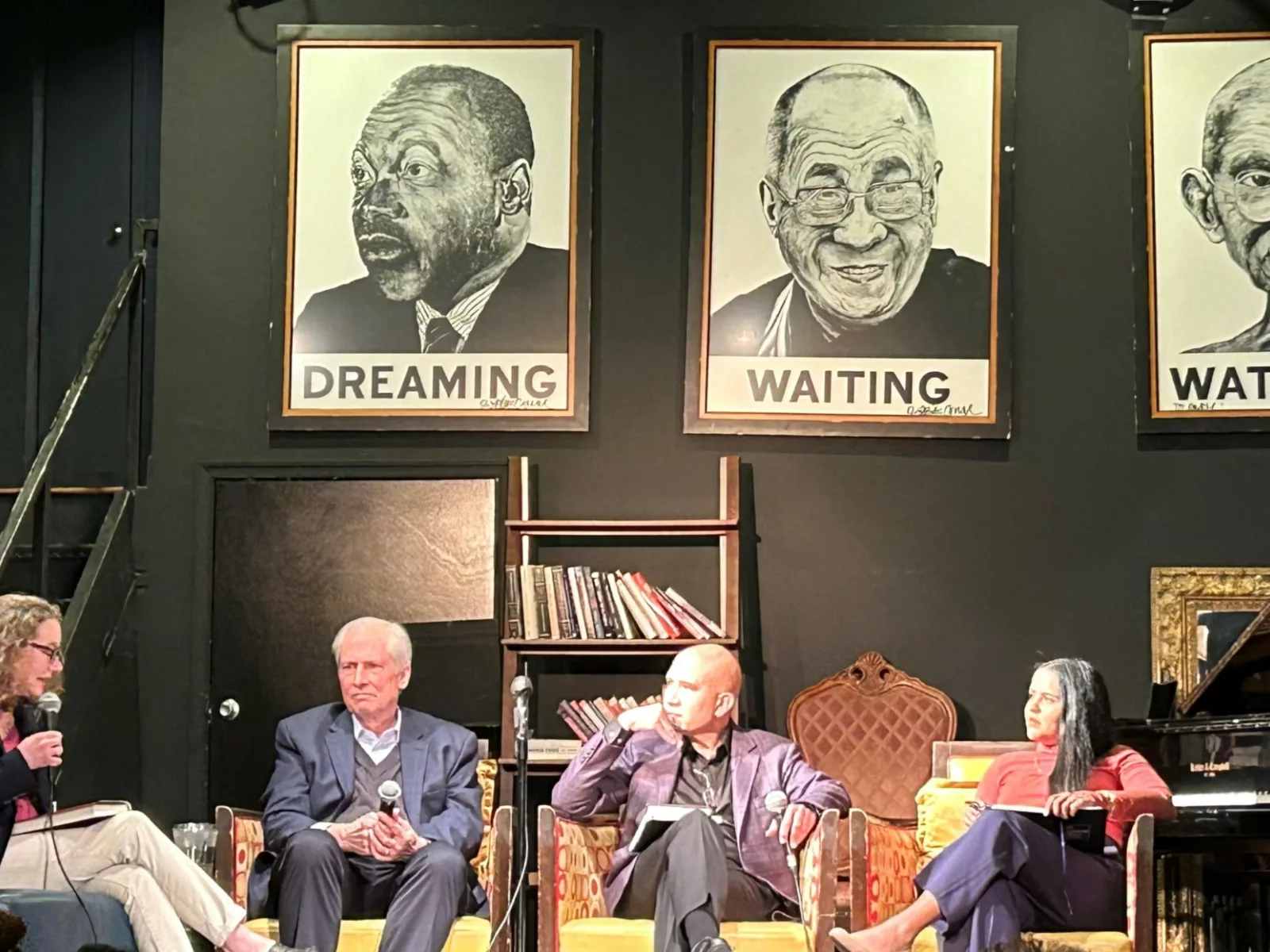The adage “justice delayed is justice denied” has echoed through the American legal system for decades.
Delays in criminal court proceedings can have dire consequences not only for individuals charged with crimes but also for survivors of those crimes. And in courtrooms across America, judges are the ones tasked with processing those cases as quickly as possible to ensure justice is served.
Not all justice is served timely in the nation’s courtrooms, however, as courts face backlogs of criminal cases that delay case resolutions.
To measure the extent of those delays, the National Center of State Courts launched a study known as the Effective Criminal Case Management project, or ECCM.
Researchers with ECCM analyzed data from 1.2 million felony and misdemeanor criminal cases across 136 courts in 21 states.
The study found that there were significant variations in the time it took to process criminal cases. These variations were most often caused by the number of hearings needed or continuances filed with the court.
Of the 136 courts studied by ECCM, none met the national time model standards, which were set by the NCSC in 2011. Those standards suggest that 75% of felony cases be resolved within 90 days — with a 98% resolution within a year.
Rather, the ECCM study found that the average disposition for felony cases was 256 days and only 83% of all felony cases were resolved within a year. (Misdemeanor cases in the ECCM study were resolved in an average of 193 days.)
Only 15 of the 136 courts studied by ECCM resolved 90% or more of their felony cases within a year.
Why Are Some Courts Faster Than Others?
Courts that move through cases more quickly often do so because they avoided major delays, had control over scheduling, and used an efficient case management system, researchers noted.
Brian Ostrom, researcher with the ECCM study, argues that a case management system is key to reducing the number of continuances and hearings.
“If there is a single takeaway from ECCM, it is that caseflow management matters,” Ostrom said. “Ongoing attention to the craft of caseflow management is a good idea for every court.”
Every continuance filed in a case, the study found, added an additional three weeks on average to the case duration. Each hearing increased the duration another two weeks, according to the study.
Having a case management system helps limit those, Ostrom said, and improves case-processing quality with “efforts to reduce wasted time, strengthen collaboration with justice partners, and to design processes that better meet the needs of justice-involved individuals.”
A follow-up study, which is based on research of seven courts that avoided major delays, describes five elements for an effective case-management system. These elements include: judicial leadership and clearly defined roles for judges and administrative staff, which researchers said is essential for timely processing; timely appointment of counsel and exchange of discovery, which help avoid delays; predictable and productive time in the courtroom; effective communication and collaboration; and goals and information management that allow courts to reach established standards and also measure their performance.
Courts that are more successful in quickly moving cases through the system also adopted practices that include discovery time limits on cases, policies for pretrial staff to screen individuals for indigency prior to their arraignment, and policies that generally discourage continuances.
Refuting Popular Beliefs
The ECCM study was also able to dispel what Ostrom calls “conventional wisdom” that is often shared in the courtroom.
One such belief is that the number of complex cases or the number of jury trials affects a court’s ability to meet time guidelines for disposition. The study found, however, that the compositions of cases have no significant effect on a court’s timeliness for disposition. Faster courts, the study found, resolve cases more quickly across all types of felony cases regardless if the case ended with a plea deal, trial, or outright dismissal.
The ECCM analysis also found that court size, structure, and organization have no significant effect on a court’s timeliness. Court structure only played a small factor in timeliness with single-tiered courts being less timely than two-tiered courts overall. That effect, however, disappeared after accounting for caseflow management practices.
To increase timeliness in courts, Ostrom stressed the importance of “regular education and training that create opportunities for judges and administrative staff to learn proven elements of caseflow management and determine how they can effectively be put into practice.”



















